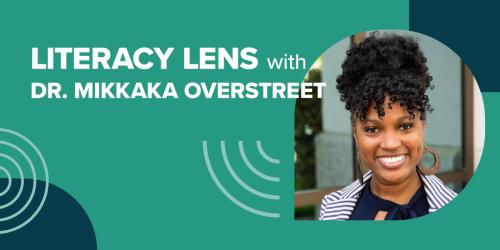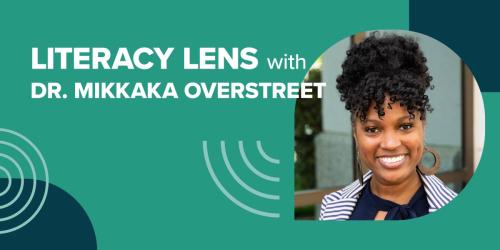The Civil Rights Movement in Today’s Classroom
It’s also been a half century since the 1964 Mississippi Freedom Summer. Seldom do we have the opportunity to experience history through the voices of those who lived it and celebrate the heroic actions of the diverse foot soldiers who gathered that summer to dismantle the system of racism and discrimination in the state of Mississippi.
The Civil Rights Movement provides opportunities for teachers and students to study and analyze key themes, events, people, and places through written and oral histories, visual resources, and sample activities. These lessons can be applied to current events and create interactive experiences for students.
In March, the Southern Poverty Law Center’s Teaching Tolerance Project published a report titled, Teaching the Movement 2014: The State of Civil Rights Education in the United States. As Julian Bond says in the foreword, “This report strives to ensure we are carefully and correctly taught, not to hate, but to understand and know each other.”
Using literature that presents the people, places, and events of the Civil Rights Movement is critical to helping children become aware of the heroic men, women, children, and youth who made this history. The literature also provides valuable lessons on courage, standing up for justice, organizing, and the importance of education and leadership.
Culturally responsive teaching provides opportunities for teachers and students to use cultural content as a bridge to teaching and learning. Literature that respectfully documents the truth about the African American experience, tradition, and values can dispel many of the myths and stereotypes that negatively and inaccurately portray African American history and culture and result in a failure to recognize the resilience, courage, and ongoing struggle for freedom and humanity. The richness of this literature can lead to academic literacy and empowerment for all students and teachers and help students to understand that this history is an important part of American history.
Literature focused on the Civil Rights Movement provides opportunities for students to connect with the role models then and now to show that injustice can be overcome through hard work, persistence, and vision. Now is the time to help students understand that the Civil Rights Movement continues today and that we can all be foot soldiers continuing the march for justice, freedom, and equality.


